Examples of Semiaquatic Animals
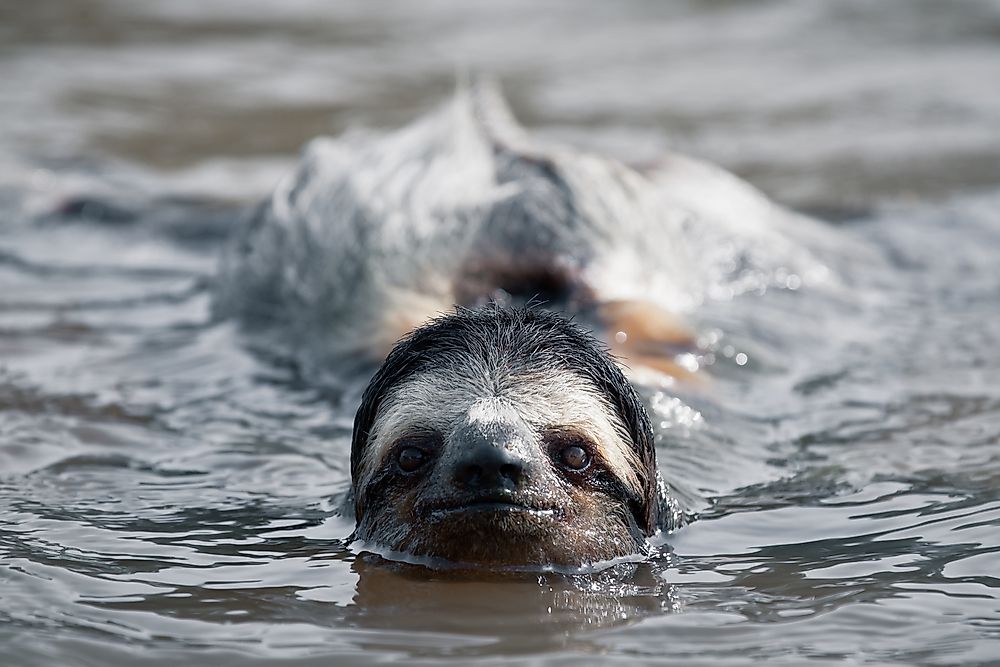
Semiaquatic animals are neither fully aquatic nor fully terrestrial animals but rather spend part of their time in the water. These animals obtain part of their food in an aquatic environment and also carry out certain activities in the water. Some of the semiaquatic animals may spend the early stages of their life cycle in water and the rest of their lives on land. For instance, most amphibians spend their larval stage in water and are considered semiaquatic during that season. Below are some of the examples of semiaquatic animals.
10. Platypus
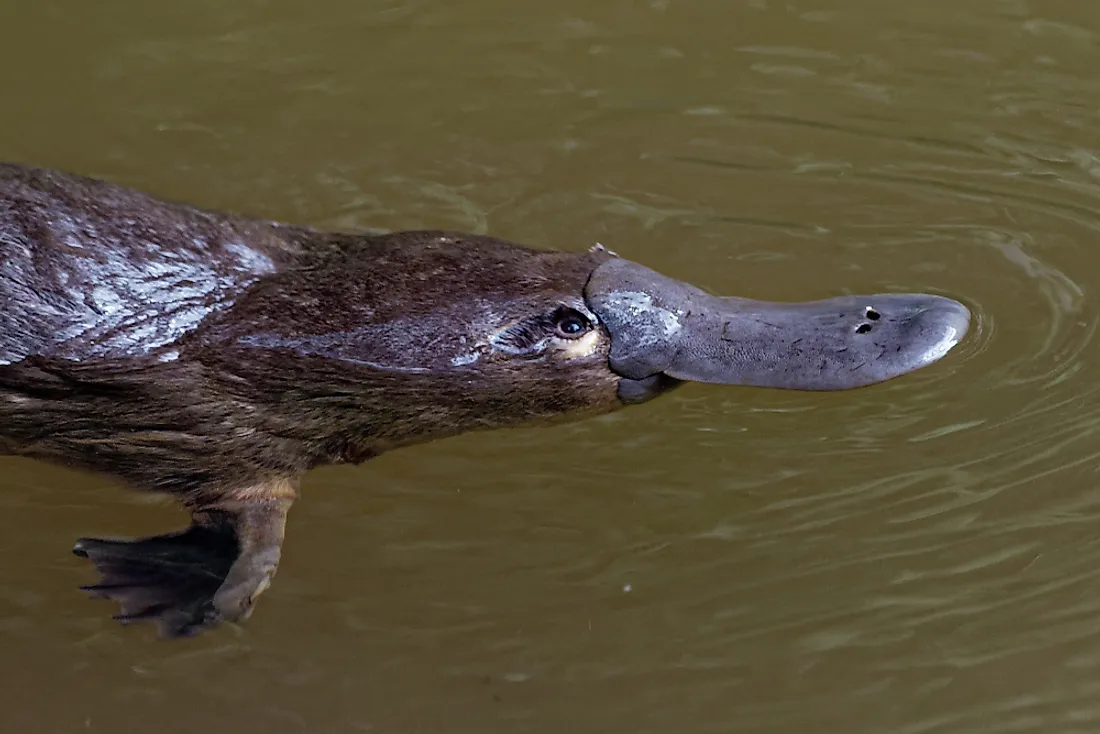
Platypus is a type of egg-laying mammal and the only living member of the family Ornithorhynchidae. It is an extant species of monotremes and endemic to eastern Australia. The platypus has a broad, flat tail and an elongated snout. The body is covered in waterproof, brown fur while the snout is covered soft skin. Most of the species have an average weight of 1.5-5.3 pounds. Males are larger than females. Platypus inhabits rivers and a small stream. It is an excellent swimmer and spends most of the time in the water looking for food. When swimming, the species propels itself by alternate rowing motion of its front limbs. Despite being semiaquatic, the platypus is endothermic and maintains a body temperature of about 32 0C.
9. Water opossum
The water opossum or yapok is a semiaquatic animal that lives in or around freshwater bodies such as lakes and streams. It is found in Central and South America, especially Mexico and Argentina. Water opossum is the only living member of the genus Chironectes. It has several adaptations for its aquatic lifestyle, including water-repellant dense fur, webbed hindfeet used for propelling water. Being an aquatic and at the same time marsupial, the yapok has several ways of protecting its young ones while swimming. The young ones are protected in a watertight pouch made of s strong ring of muscle.
8. Asian Elephant
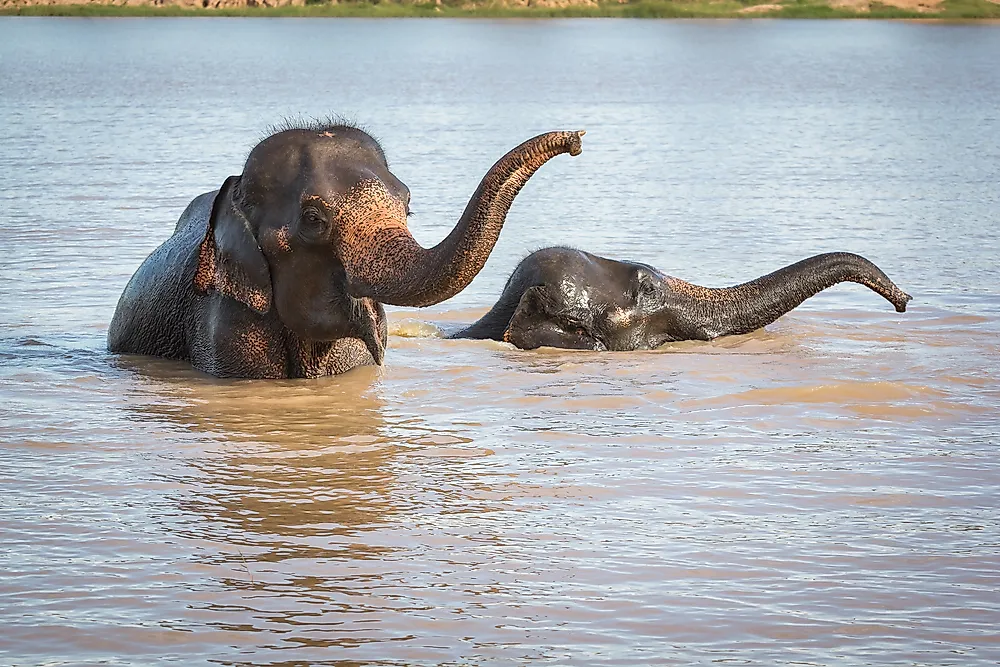
The Asian elephant is the only surviving member of the genus Elephas. The species can be found throughout Southeast Asia and the Indian subcontinent. It is the largest living land animal in the continent of Asia. The Asiatic elephant is slightly smaller than the African bush elephant. The male is about 9 feet tall at the shoulders and weighs about 4 tons while the female is about 8 feet tall and weighs 2.7 tons. The Asian elephant is commonly found in tropical evergreen forest, grasslands, and semi-evergreen forest. Since it drinks close to 200 liters of water in a day, the species are found near freshwater sources. They also use water for bathing.
7. Sloth
The Sloth is an arboreal mammal that is characterized by slow movement and spends most of its life hanging upside down in the tree. The species inhabits the tropical rainforest of Central and South America. The six species of sloths belong to two families; three-toed and two-toed sloths. Sloths in the genus Thalassocnus are adapted to marine life. Although they initially just stood in the water, they have evolved over the years into swimming creatures. Sloths move faster in water than on land and use their arms to paddle the water. They can also hold breath underwater for about 40 minutes.
6. Allen's swamp monkey
The Allen’s swamp monkey is a monkey named after Joel Asaph Allen. This monkey s found in the Congo Basin and west of the Democratic Republic of Congo. It is a strongly built monkey with a gray-green skin at the top side and a reddish face. Allen’s swamp monkey can grow up to 45-60 cm in length and weigh up to 6 kg. The species live in swampy, water-rich areas and can survive in water. When faced with danger, the monkey often dives in water as a means of escape.
5. Beaver
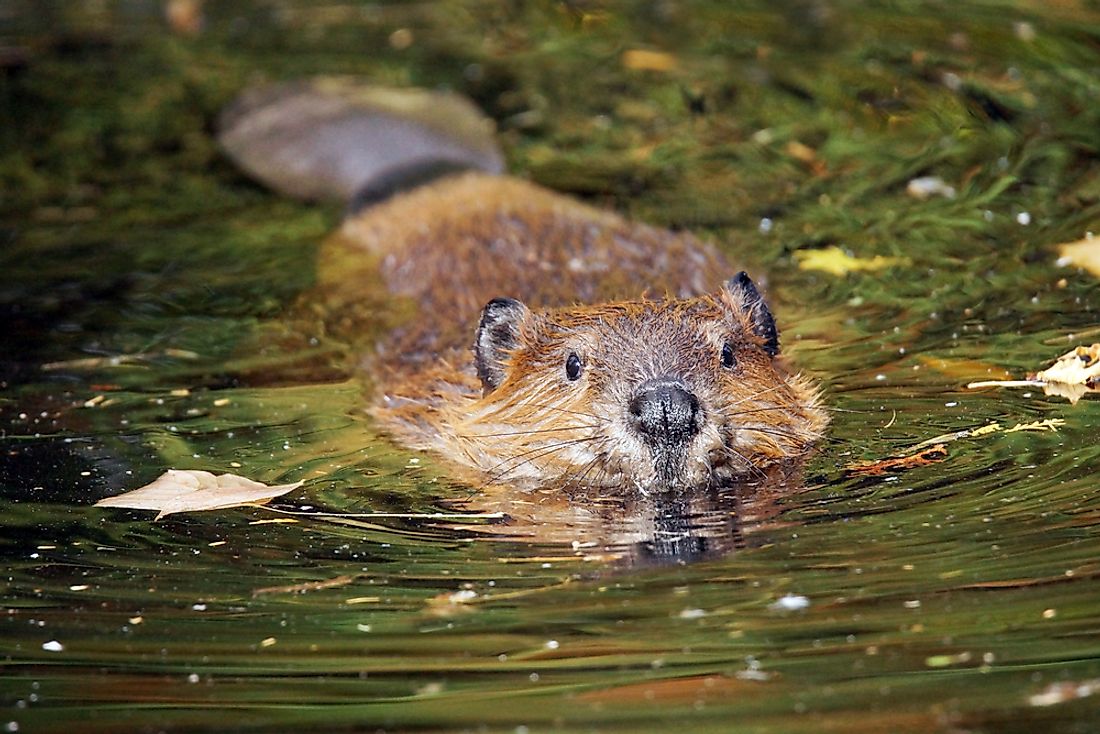
Beavers are the world’s second-largest rodents and are commonly found in North America and Eurasia. Like kangaroo rats, they are castorimorph rodents.They are known for building canals, dams, and lodges. The habitats for the beavers are mainly riparian zones such as streams and rivers where they can be able to build the dams and canals. They use the dams as a hiding spot from predators. The beavers fell mature trees in strategic locations and use them to construct dams. Their homes are called lodges, made of mud and branches and have underwater entrances.
4. Capybara
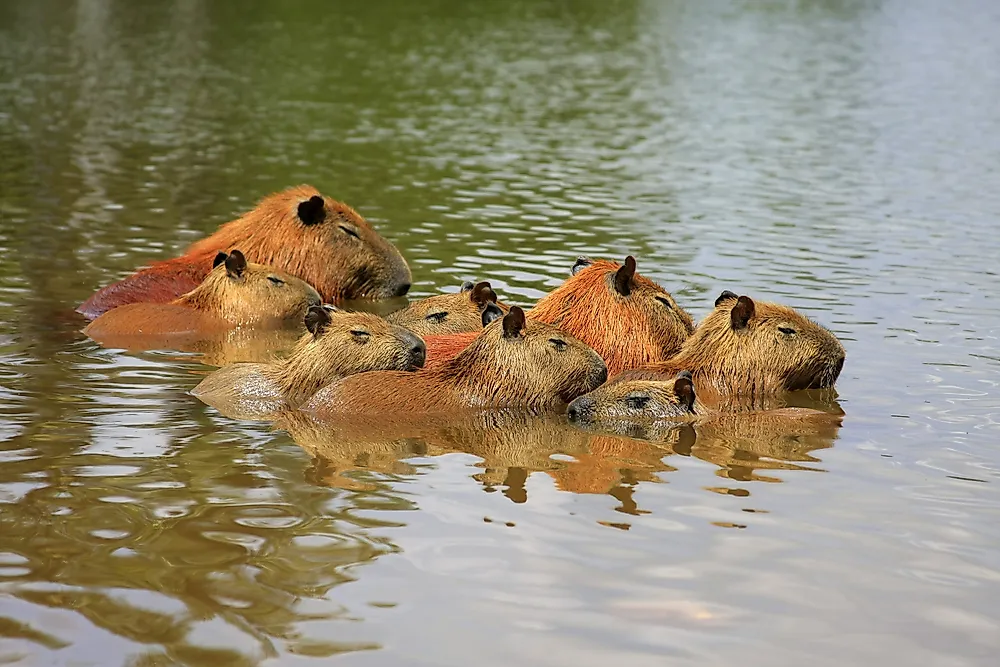
Capybara is an extant species in the genus Hydrochoerus. The species is endemic to South Africa, Panama, and the Island of Granada. Capybara is the world’s largest rodent. The semiaquatic rodent is mainly found in or around the swamps, rivers, lakes, and flooded savanna. It is an excellent swimmer and can hold its breath underwater for up to five minutes. Capybara mainly feeds on aquatic plants and fruits and also eats a variety of plants during the dry season.
3. Otter
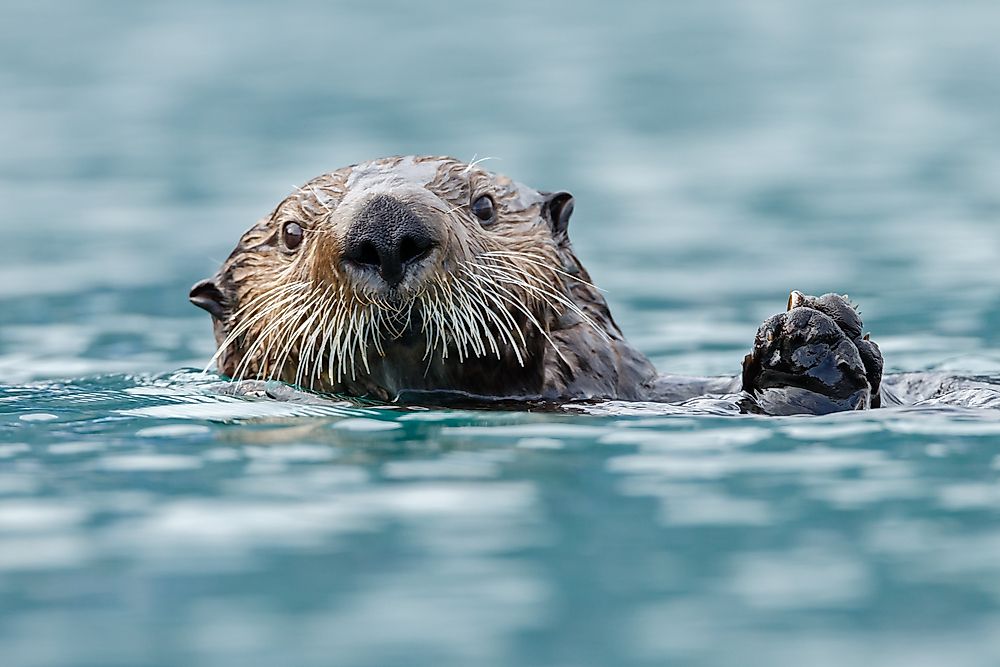
The otter is a carnivorous mammal. There are 13 extant species of otter, all of which are semiaquatic, marine, or aquatic. An otter has a long, slim body with relatively short limbs. It has webbed feet, mainly used for swimming and holding beneath the water. The species range in size from 2 to 5.9 feet in length and 2.2 to 99 pounds in weight. The species that live in cold water have a high metabolic rate that helps in warming their bodies.
2. Greater Mouse-Deer
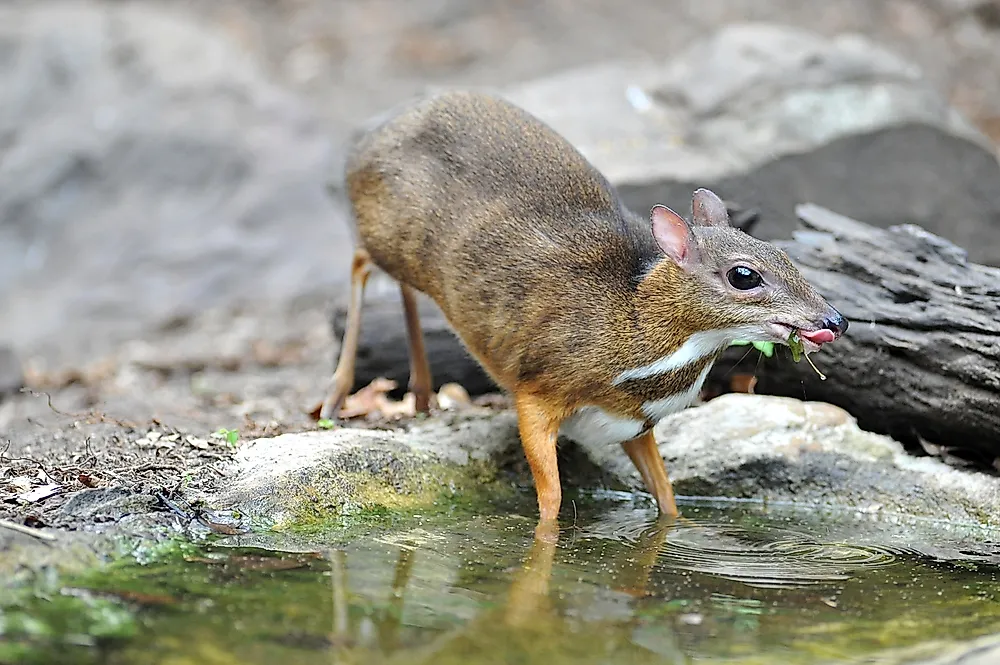
The greater mouse-deer is an even-toed angulate belonging to the family Tragulidae and commonly found in Borneo, Sumatra, and Indonesian and Malaysian Islands. It inhabits the tropical or subtropical moist, lowland forest. Although the greater mouse-deers are terrestrial animals, they spend most of their times in swampy areas or near water bodies such as lakes and rivers.
1. Penguin
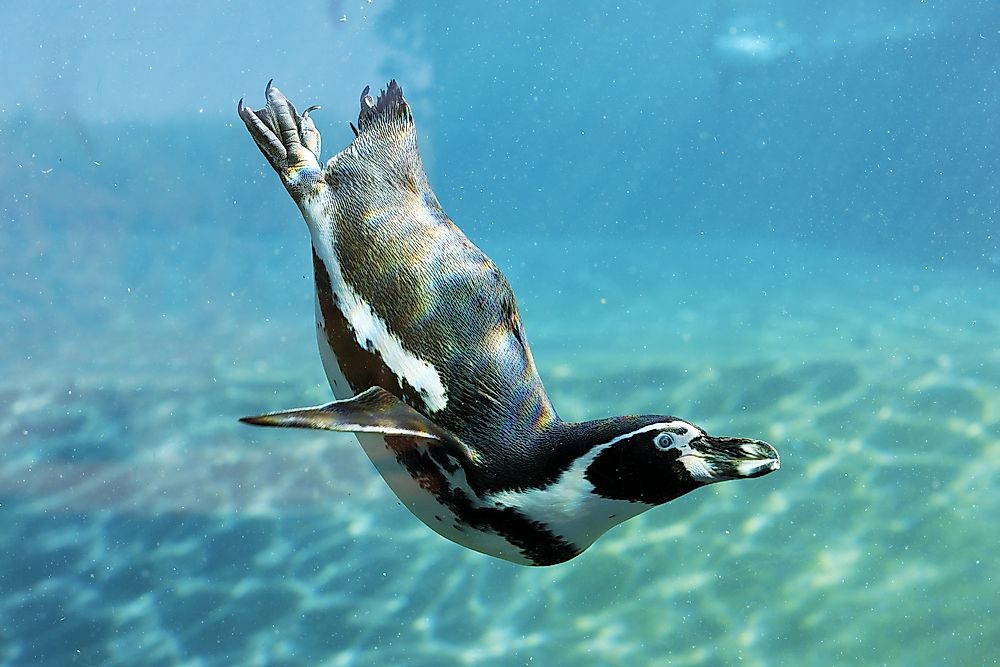
Penguins are flightless birds that live almost exclusively in the Southern Hemisphere. The birds are highly adapted to living in water but also spent time on land. Famous for their black and white plumage, their wings have evolved into flippers which aid in swimming. Penguins can dive to a speed of 7.5 miles/hour. The thick layer of insulating feathers keeps the body warm in the water.











